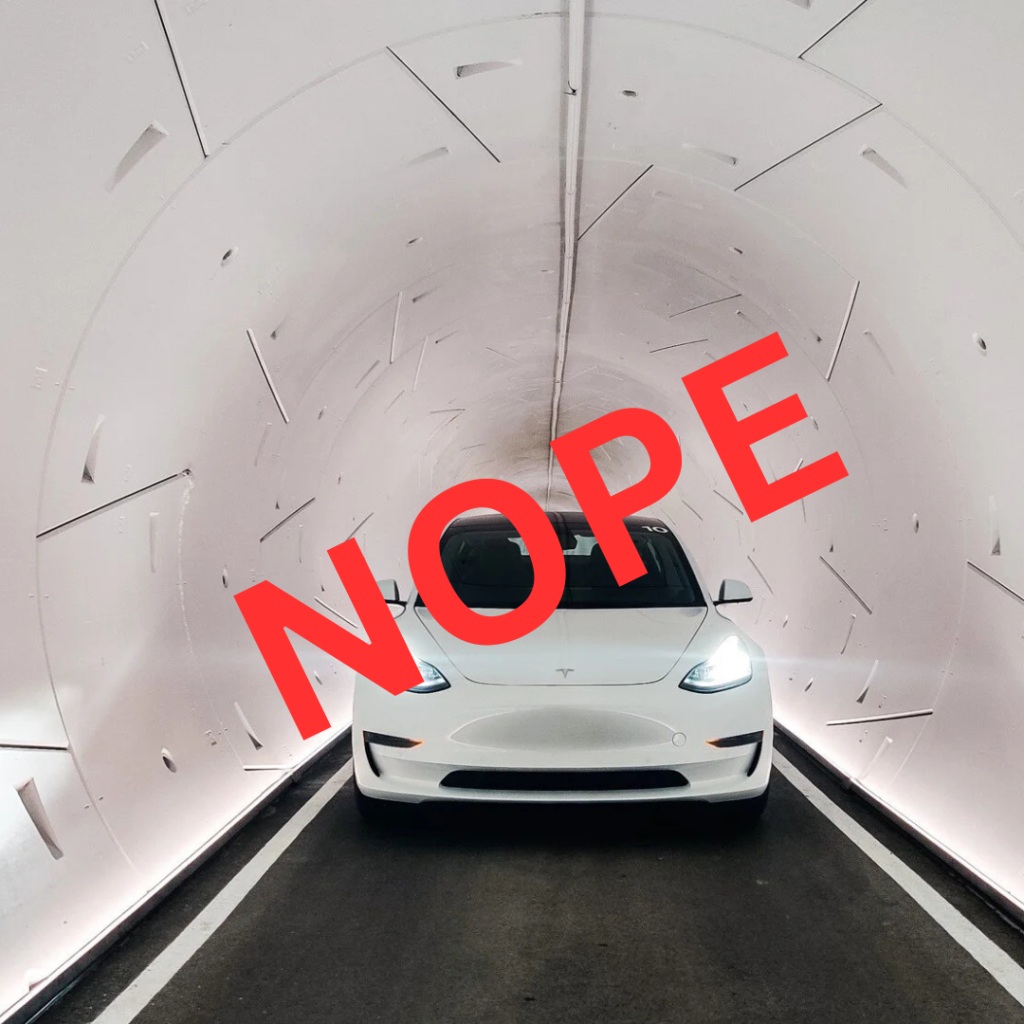Note: Metropolitan Shuttle, a leader in bus shuttle rentals, regularly sponsors coverage on Streetsblog San Francisco and Streetsblog Los Angeles. Unless noted in the story, Metropolitan Shuttle is not consulted for the content or editorial direction of the sponsored content.
The American Lung Association’s State of the Air report for 2016 found that the San Joaquin Valley has the highest childhood asthma rates in the nation. Against this backdrop, and as Streetsblog reported last week, Los Angeles Assemblymembers Anthony Rendon, Laura Friedman, and others are pushing to divert $4.8 billion for the electrification of California's High-Speed Rail project in the Central Valley, to instead fund upgrades to Metrolink, L.A.'s commuter rail system.
This way, we can reduce congestion and improve air quality in communities where it counts, in addition to dramatically improving California’s availability of one-seat rides in public transportation.
— Anthony Rendon (@RendonAD62) November 12, 2019
The "modest shift" from the Central Valley to "improve air quality in communities where it counts" would mean extending Amtrak's existing diesel-hauled train service from Sacramento and Oakland, as well as Altamont Corridor Express trains from San Jose, directly onto the HSR spine from Merced to Bakersfield to avoid spending money on electrification. They argue this would also eliminate the transfer at Merced to all-electric trains.
Streetsblog reached out to Rendon and Friedman, and others, to ask the obvious question: if the transfer at Merced is the issue, what's stopping the state from electrifying the Central Valley line as planned, and running 220 mph, electric, zero-emission trains from Bakersfield to Merced, and then coupling them to conventional diesel locomotives so they can be towed directly to Oakland, Sacramento, and San Jose? Or they could use dual-mode diesel-electric HSR trains, such as the Spanish-built RENFE. Both scenarios mean no transfers and both eliminate diesel emission on 171 miles of track in the Central Valley.
On Friday, almost a week after requesting, SBSF got a reply from Friedman:
Federal rail safety rules prohibit us from using heavier diesel engines on the same track as lighter high-speed rail trains, even for towing [emphasis added]. While we’re building dedicated tracks and infrastructure for high-speed rail, it’s imperative that we build a system that provides seamless connectivity for riders. That’s why we’re proposing delaying the electrification of the Merced to Bakersfield line and running the cleanest available diesel engines for the initial years of operation.
In reality, the federal prohibition she's referring to was lifted at the start of this year. Here is the 2019 federal safety rule that applies to towing light-weight trains:
Passenger Equipment Safety Standards; Standards for Alternative Compliance and High-Speed Trainsets: This final rule adds a new tier of passenger equipment safety standards (Tier III) to facilitate the safe implementation of nation-wide, interoperable high-speed passenger rail service at speeds up to 220 mph. While Tier III trainsets must operate in an exclusive right-of-way without grade crossings at speeds above 125 mph, these trainsets can share the right-of-way with freight trains and other tiers of passenger equipment at speeds not exceeding 125 mph.
It is unclear how Friedman came to justify a funding transfer on outdated regulations no longer in effect. SBSF followed up with Friedman's staff but has yet to receive a response. Rendon also has not yet replied to SBSF inquiries.
The California Rail Modernization program, of which HSR is a major part, is already contributing billions to Metrolink and other transit projects throughout the state. If Rendon, Friedman, and others feel Metrolink deserves more, they should develop a solid plan for electrifying, as Caltrain did for its tracks between San Jose and San Francisco (partially funded by California HSR). Since they claim air pollution is the main concern, perhaps they could work on legislation to divert funds from the billions dedicated to Southern California's near-continuous road-widening projects.
Either way, the Central Valley also has "communities where it counts." And it would be unconscionable to produce more, ongoing diesel emissions in a place where 105,000 kids already suffer from asthma and other pollution-related illnesses.







